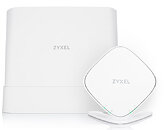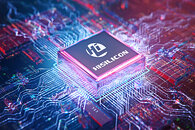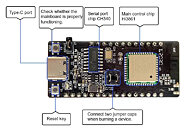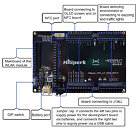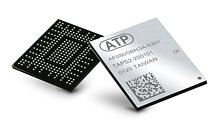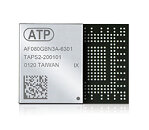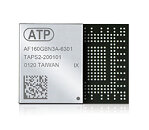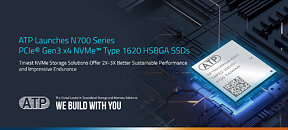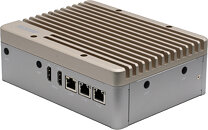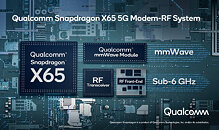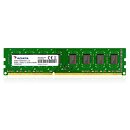NFC Forum Releases Wireless Charging Specification 2.0
The NFC Forum, the global standards and advocacy association for Near Field Communication (NFC) technology, announced today that its Board of Directors approved and adopted the Wireless Charging Specification (WLC) 2.0. The WLC 2.0 makes it easier and more convenient to charge low-power devices such as wireless earbuds, smart watches, digital stylus pens, headsets, fitness trackers and other consumer products using smartphones and other NFC-enabled devices at a power transfer rate of up to one watt. It allows for wireless charging by enabling a single antenna in an NFC-enabled device to manage both communications and charging.
What's new with WLC 2.0 is that it supports even smaller antenna sizes expanding the range of small, battery-powered consumer and IoT devices that can be wirelessly charged using smartphones and other NFC-enabled devices. This is transformative for device manufacturers and solution providers because it allows for the design of smaller, lighter and more affordable wireless products. In addition, the NFC Forum estimates that the majority of mobile phones are interoperable with the extra small antennas covered in WLC 2.0.
What's new with WLC 2.0 is that it supports even smaller antenna sizes expanding the range of small, battery-powered consumer and IoT devices that can be wirelessly charged using smartphones and other NFC-enabled devices. This is transformative for device manufacturers and solution providers because it allows for the design of smaller, lighter and more affordable wireless products. In addition, the NFC Forum estimates that the majority of mobile phones are interoperable with the extra small antennas covered in WLC 2.0.
















